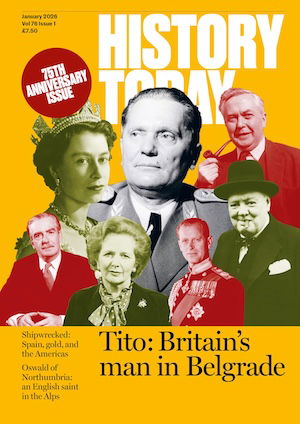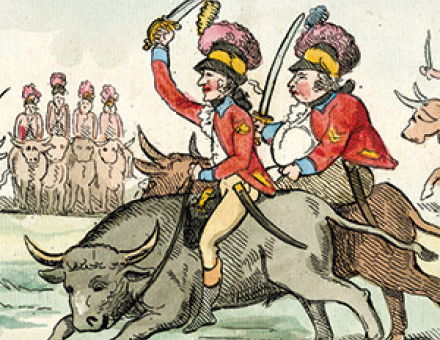William Beckford: Man of Taste
Boyd Alexander profiles a man whose whole life and fortune were spent in creating and living out a youthful dream. But William Beckford was not only a romantic visionary: he was also an inspired collector and an artistic pioneer.



